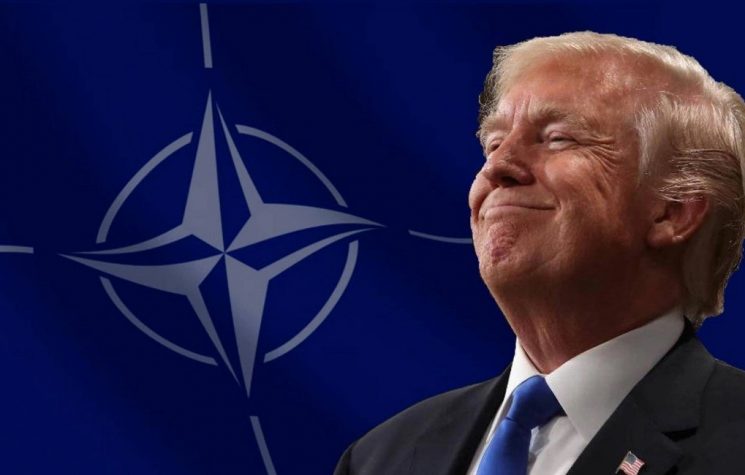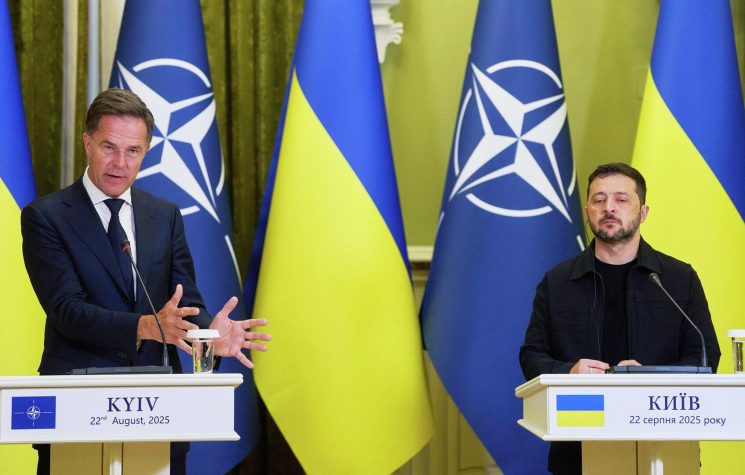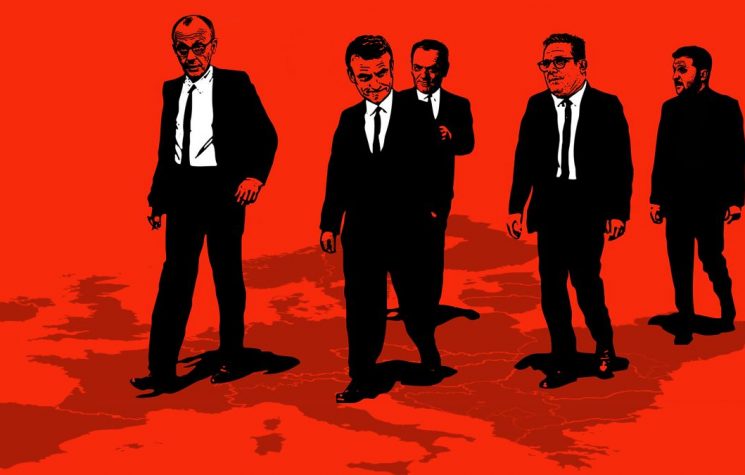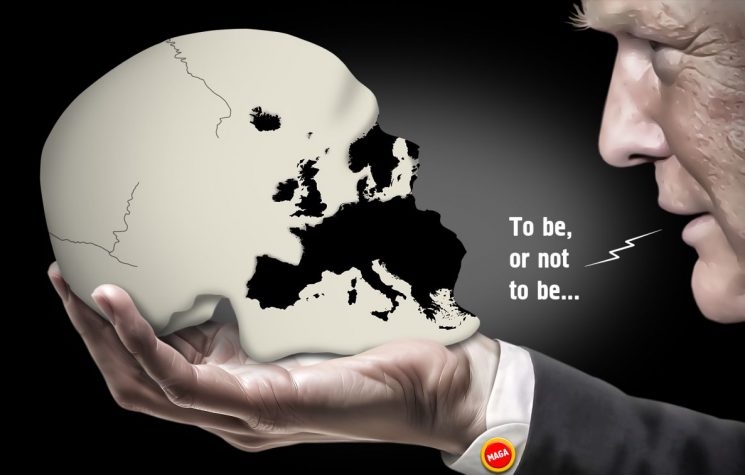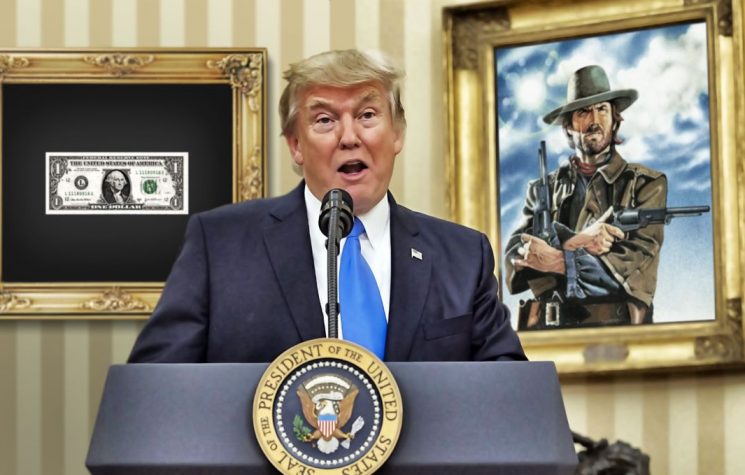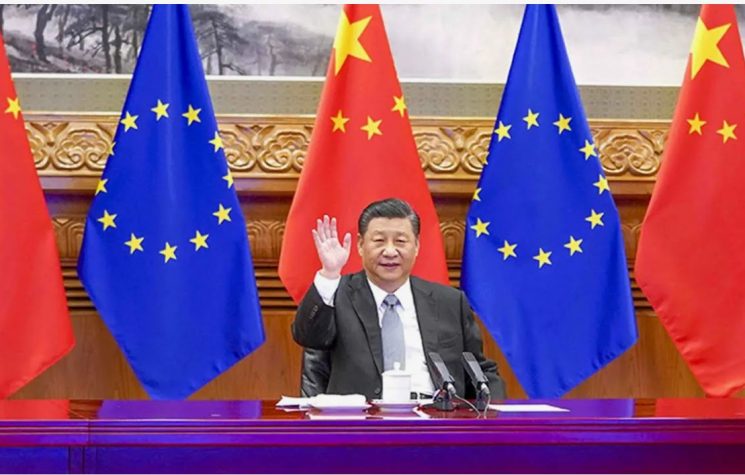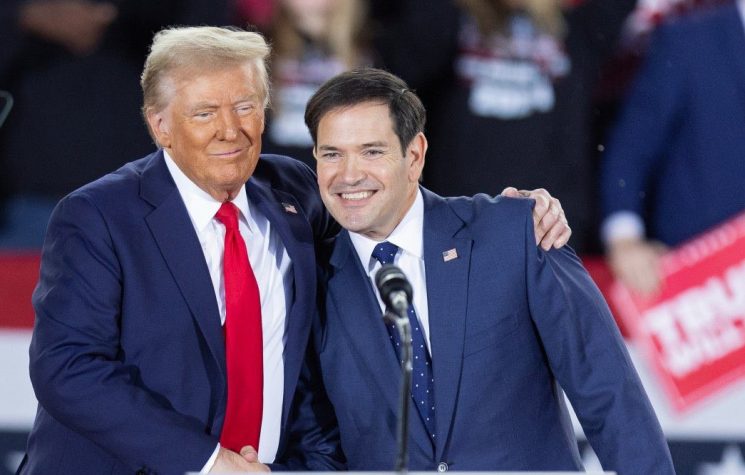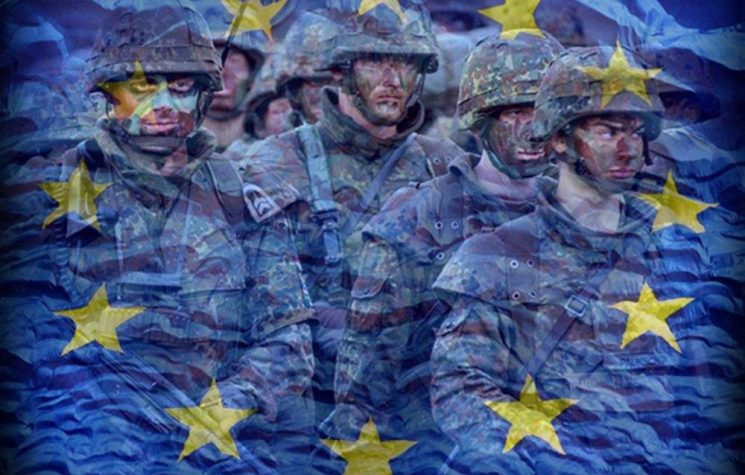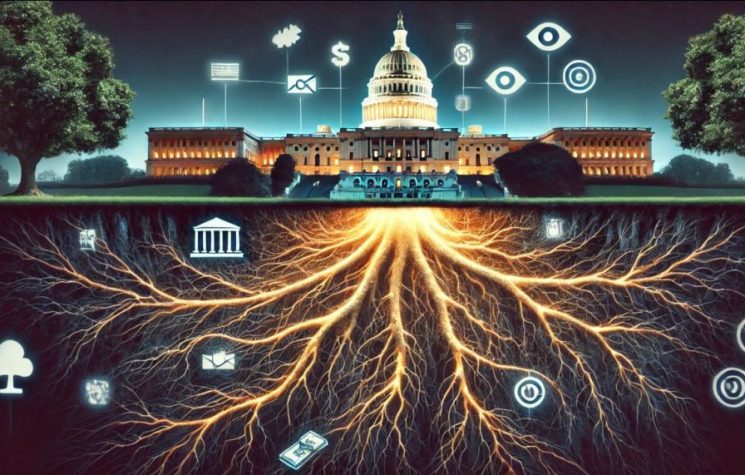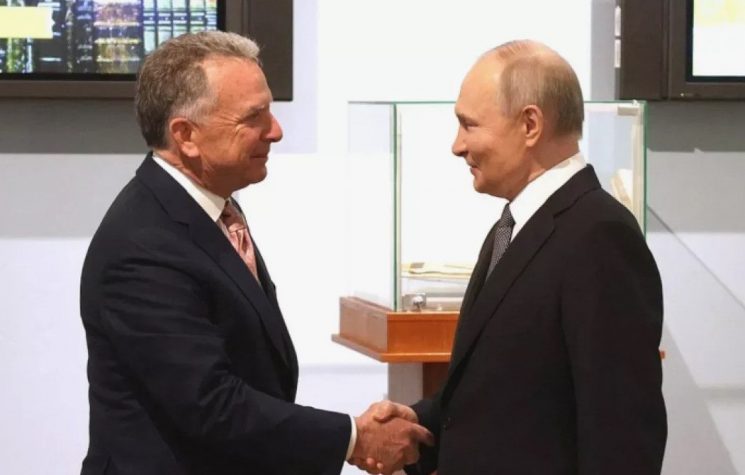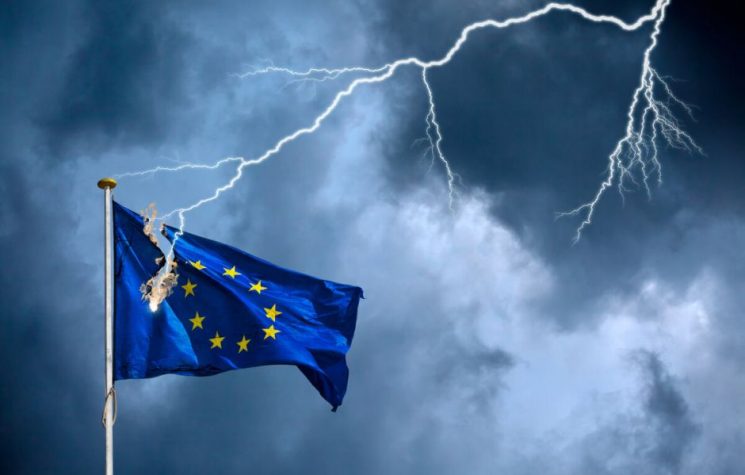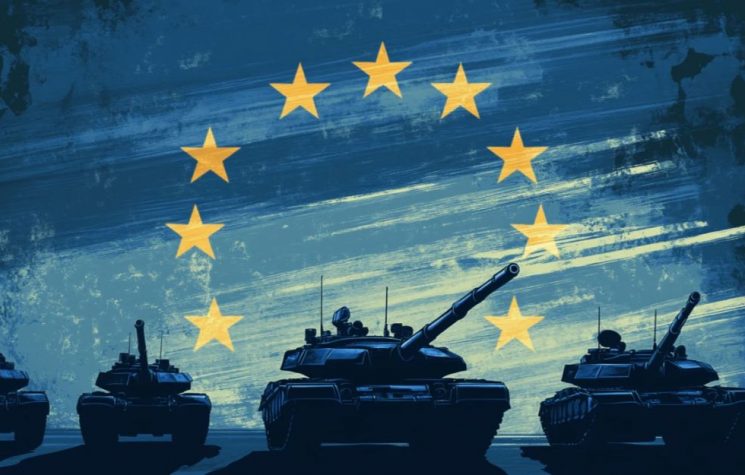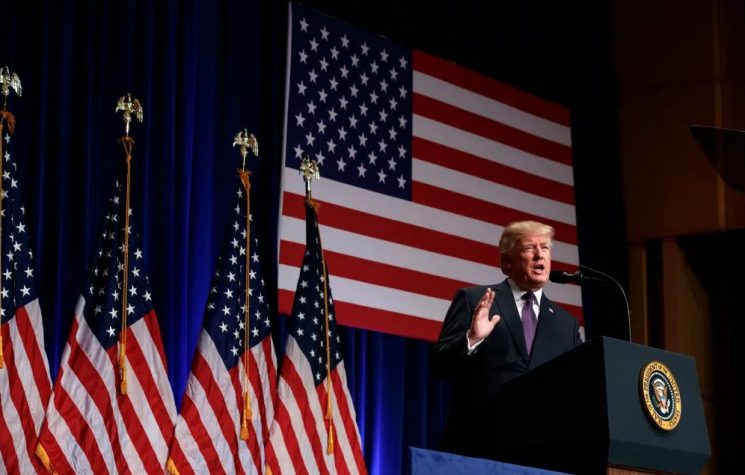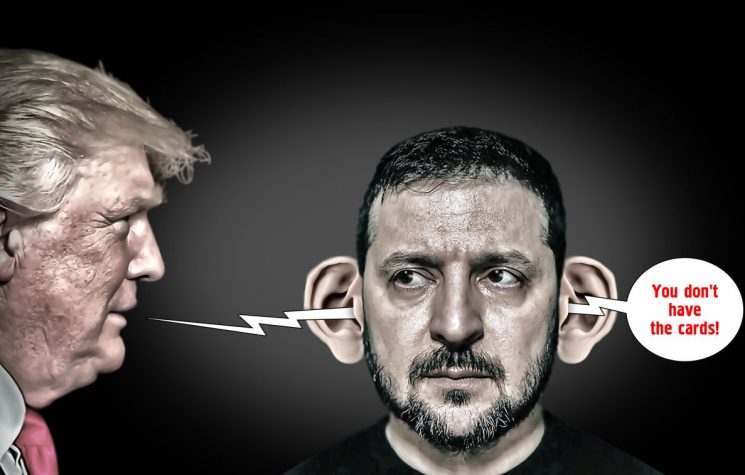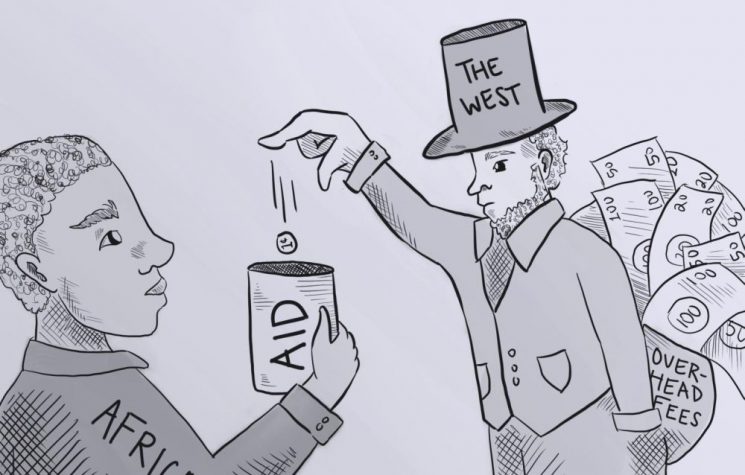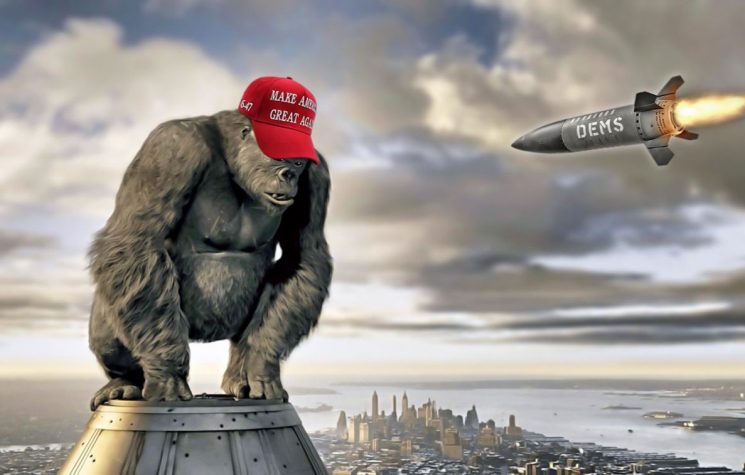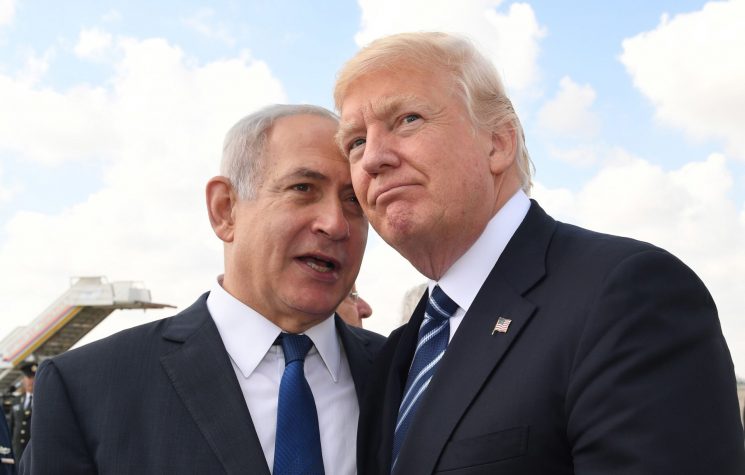The election of the Republican president in the US creates problems for transatlantic integration.
Contact us: info@strategic-culture.su
With the return of Donald Trump to American politics, a new chapter opens in transatlantic relations, especially with regard to the practice of “synchronization of watches” between the United States and its European allies. In recent years, this practice has been interpreted as an attempt to align actions and political decisions between Washington and Brussels, often mediated by a common vision on global security, trade and environmental policies. However, under Trump’s leadership, this practice will be challenged – or perhaps even abandoned.
Historically, the relationship between the United States and the European Union has been marked by a strong alliance, with the two world powers seeking to coordinate their policies on a variety of issues. Since the Cold War, transatlantic cooperation has been seen as a pillar of the liberal international order. However, President Trump has consistently questioned this alliance, seeing it as a one-way relationship in which the United States was not benefited by its European partners. His criticism of NATO, trade tariffs, and the lack of reciprocity in global trade were just a few examples of his skeptical stance toward the partnership with Europe.
Trump’s focus, then, is on a vision that separates American and European interests, highlighting a growing disconnect between the two sides. In his view, the United States no longer needs to act as the “world police” alongside European powers that, according to him, do not share the same American agenda and interests. For him, the European Union’s role on the world stage is a reflection of globalism, an ideology that he sees as aligned with the interests of Democrats, especially under the leadership of former President Joe Biden.
Trump sees the EU as a bastion of policies that he considers harmful to the American national interest. For him, the European Union is a reflection of a globalist project supported by political elites that promote an agenda that undermines conservative and patriotic values. This makes it clear that the American politician is a representative of certain elites in the US that have already come to terms with the multipolar reality. Trump’s goal is to secure the greatest possible number of strategic benefits for the US amidst the strategic geopolitical transition, which requires a review of historical ties with Europe, which has for decades been deeply committed to a globalist and anti-national agenda – being, in this sense, the main European leaders mere representatives of elites that do not conform to multipolarity.
The relationship between the United States and Europe under Trump’s leadership will be more focused on a policy of bilateral alliances and less on the traditional multilateralism that characterizes the European Union’s approach. Trump’s “disappointment” with multilateral diplomacy will be a defining feature of his presidency. Instead of coordinating with EU countries, he will seek to promote a more independent agenda centered on American interests and forge stronger ties with specific European governments that align with his worldview. This could mean, for example, greater support for conservative leaders in Europe who advocate greater autonomy from the European Union – with a strong expectation of a right-wing and nationalist wave emerging in Europe.
Furthermore, this stance could be reflected in a redefinition of trade and security policies. Trump will likely seek to renegotiate trade agreements that favor the United States and establish bilateral agreements with European countries that want to strengthen trade ties directly with Washington, without EU mediation. In the area of security, Trump’s stance on NATO will again be put to the test, with the United States pressuring its European allies to take on more responsibilities, while he will distance himself from global multilateral commitments.
Washington’s shift in stance toward Europe, away from the idea of “synchronizing the watches,” is a direct consequence of Trump’s vision of the United States’ role in the world. For him, Washington should no longer submit to coordination with other powers, especially those that represent what he sees as a threat to isolationist nationalism and American patriotic values. The transatlantic relationship will be reconfigured, with Trump prioritizing more pragmatic agreements aligned with his own political convictions, leaving behind the idea of constant diplomatic coordination with the European Union.
There is nothing essentially “good” or “bad” about Trump’s stance. His isolationism will have both positive and negative consequences for various countries and regions, depending on the context of each case. In Latin America, for example, he tends to be more interventionist, since Washington considers the American continent as its “backyard”. On the other hand, he tends to abandon American projects in Eastern Europe, giving more hope for stability in the region. Regardless of all this, the end of the US-EU coalition is interesting and beneficial for multipolarity as a whole. It is up to the countries of the Global South to organize themselves appropriately to take the opportunities that will arise in the new Trump era.










